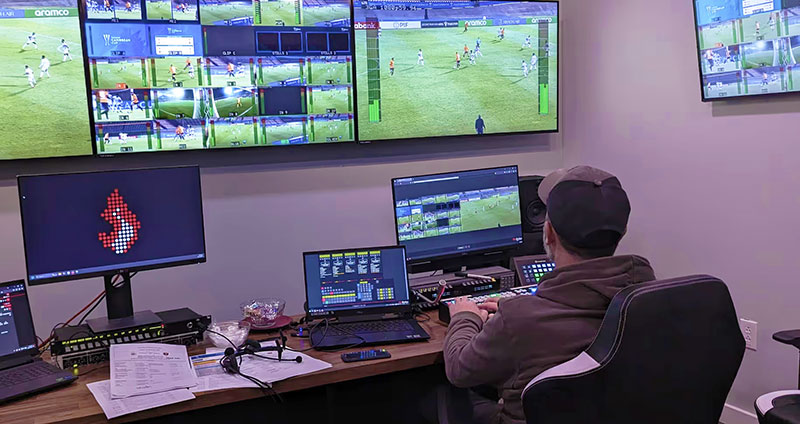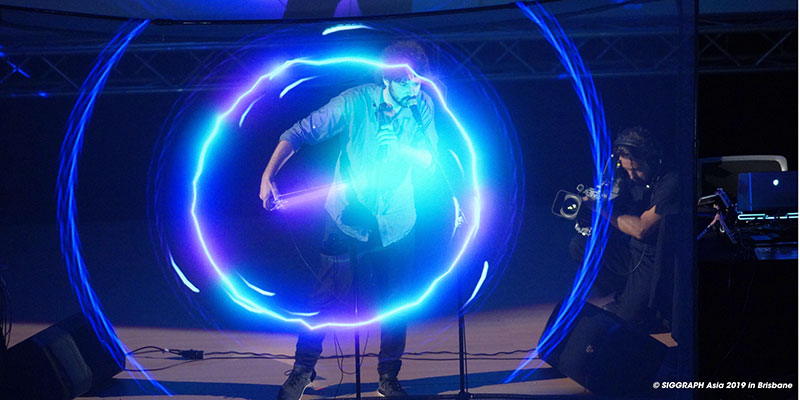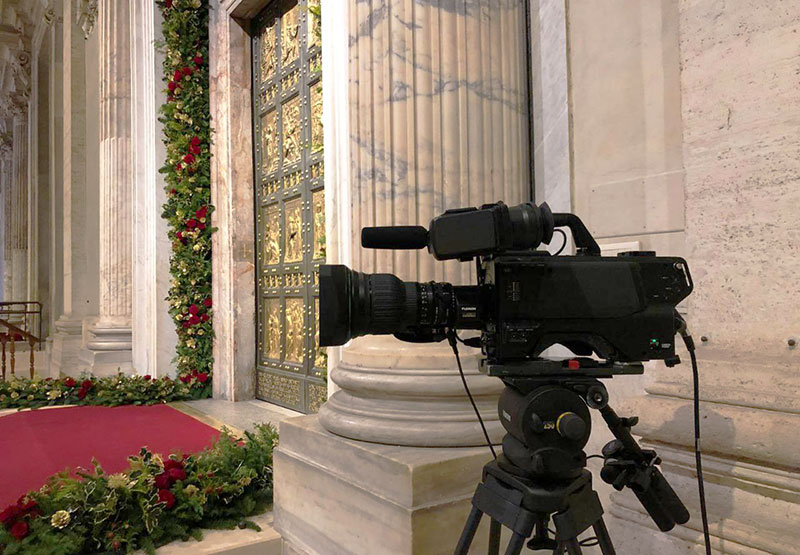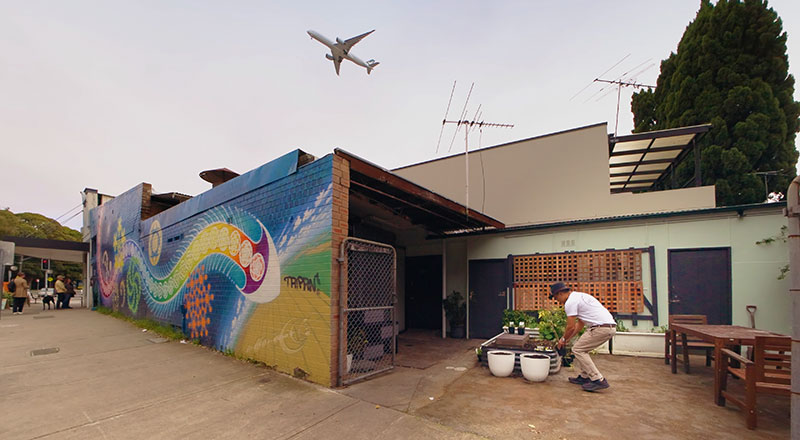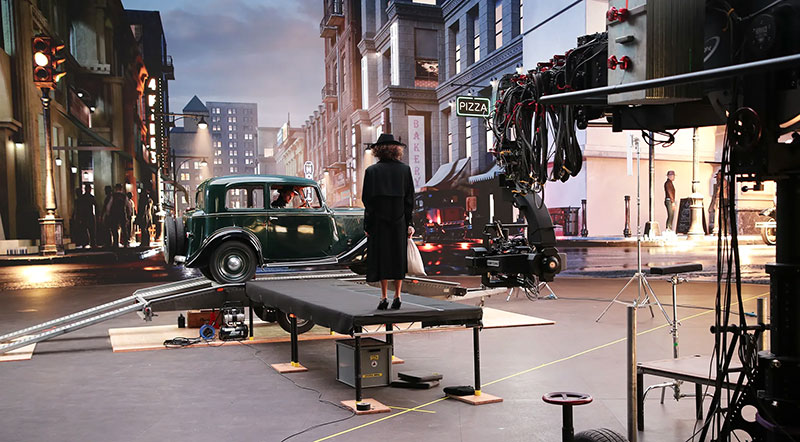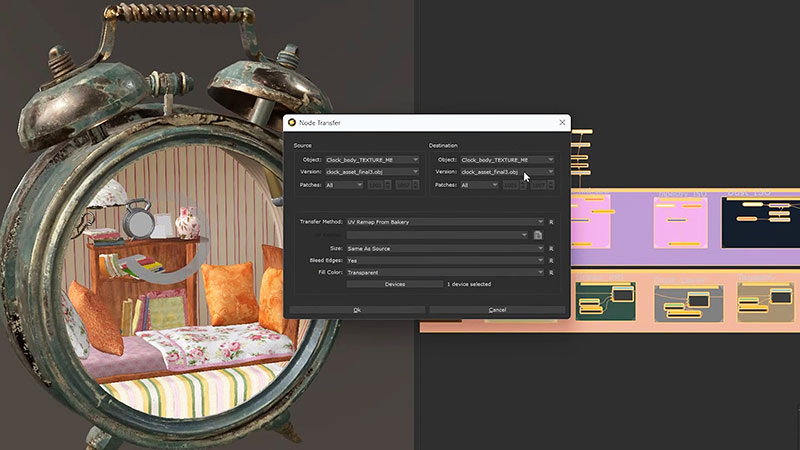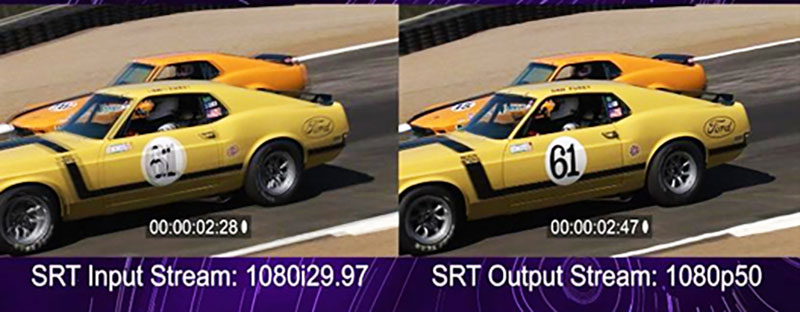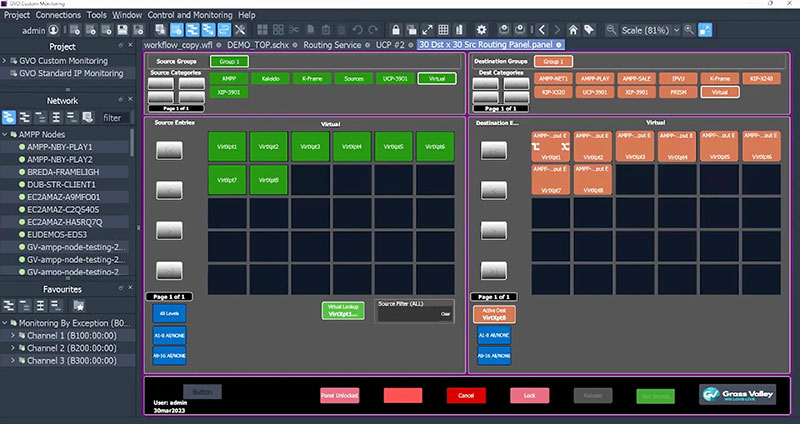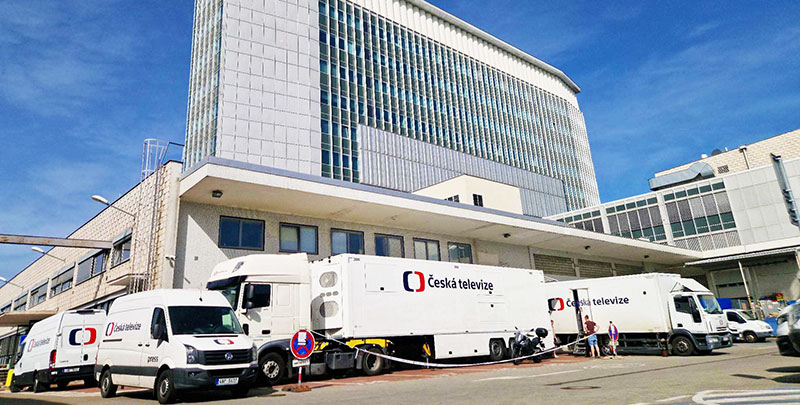Dejero transmitter/receiver workflow kept Quality's remote multi-sport production running, covering 23 sports from multiple venues, in four Emirates, for six rights holding broadcasters.
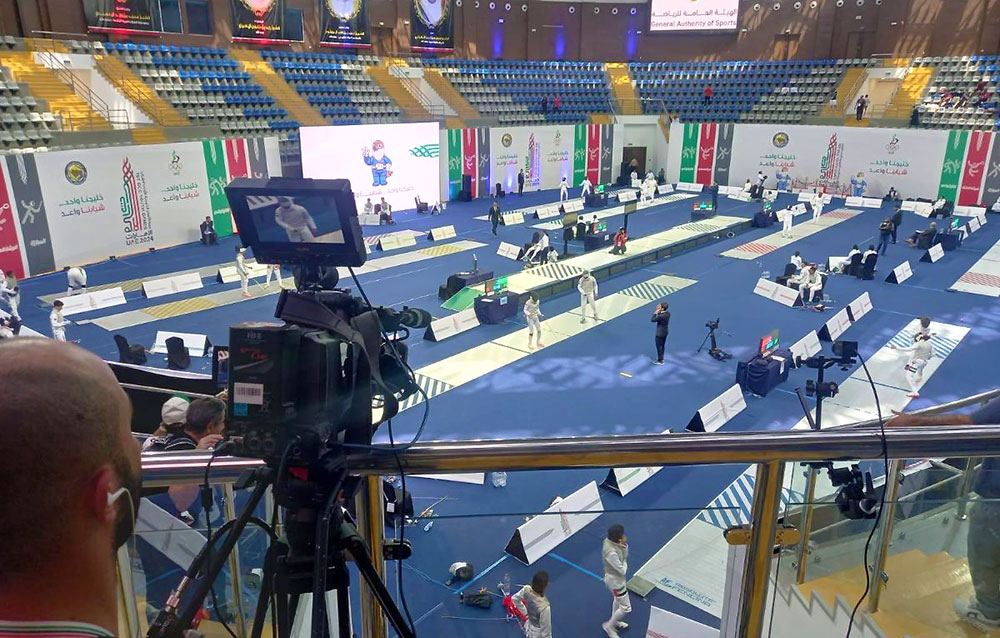
The inaugural 2024 Gulf Youth Games were held 16 April to 2 May, when 3,500 young athletes competed in 23 sports at venues across the UAE over a two week period. [GCC Youth Games] Quality production and distribution company from Spain, serving as host broadcaster, deployed four production crews each day to sports venues in Dubai, Abu Dhabi, Sharjah and Fujairah.
At each location, three or four sports arenas hosted multiple events, including athletics, football, swimming, judo, tennis, fencing, volleyball, chess and many others, that took place simultaneously. Pablo Reyes, chief production officer at Quality, led the set-up of a remote production workflow to handle the project. "A flexible remote workflow means that our cameras aren't tethered to OB vans and can be moved easily from one venue to the next," he said.
Remote Camera-to-Broadcast Workflow
Dejero EnGo mobile video transmitters were used to establish and maintain connectivity to transport live feeds from up to 24 cameras to rights-holding broadcasters including DubaiTv, Oman Sports, SSC, UAE Olympic Committee and Bahrain TV. At the enclosed venues, the EnGo transmitters used fibre for primary connectivity with cellular connectivity for backup, achieving upload speeds between 5 and 10 mbps for up to eight hours at a time.
"We can switch on an EnGo and transmit from wherever we are," Pablo said. "This gives our team a good level of confidence, and meanwhile meets our stakeholders requirements. The units are easy to set up and operate, they relieve the pressure of live sports broadcasting as well as the associated costs and logistics."
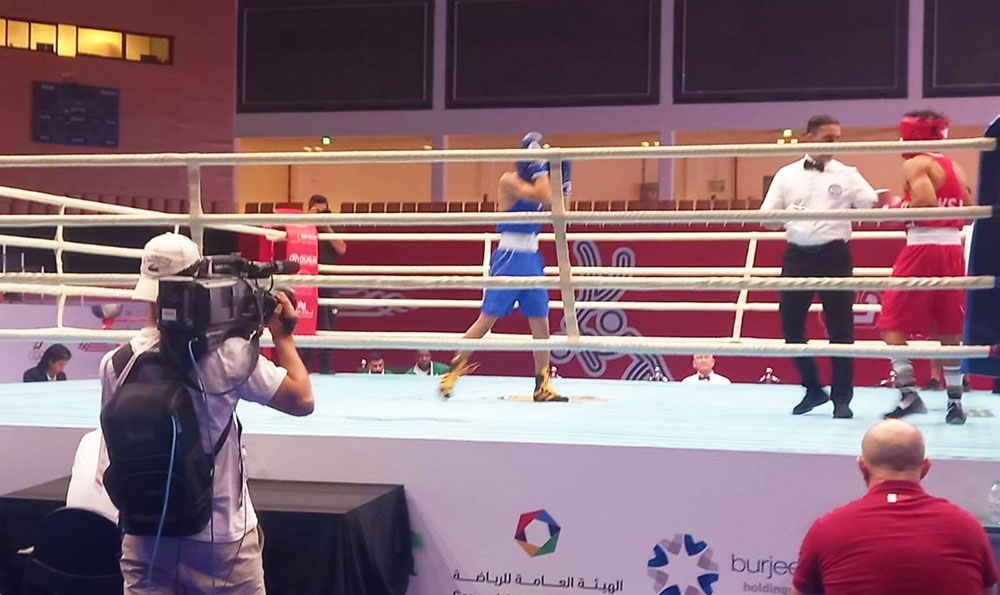
Outside of the enclosed arenas, Quality's field crews were also covering long-distance and wide area events like cycling, triathlon and sailing. In those cases the EnGo transmitters were sending high-quality live camera feeds, including feeds from drones, over bonded cellular connections alone and were able to achieve a glass-to-glass latency as low as 0.5 seconds. These roaming EnGos were each fitted with six SIM cards that combine signals from three diverse cellular network carriers, maintaining resilient, reliable connectivity.
Dejero EnGo mobile transmitters run on Smart Blending Technology that dynamically and intelligently manages the fluctuating bandwidth, packet loss and latency differences of individual connections in real-time. They are able to combine multiple IP connections, thereby taking advantage of all of them simultaneously.
At the MCR in Madrid
At Quality's MCR (Master Control Room) in Madrid, Spain, Dejero WayPoint receivers deconstructed, decoded and output video signals from the EnGo transmitters. When Dejero transmitters deliver video transported over multiple IP connections, processing is needed at the receiving end to reconstruct the signals, decode HEVC or AVC, and output to a distribution workflow – SMPTE ST 2110, SDI or MPEG-TS.
Quality's in-house producers, directors, graphics operators and editors at the MCR packaged the content for distribution to a number of the event's rights holding broadcasters. However, others chose to receive the video signals through their own WayPoint devices directly in real time, to package themselves.
The director at the MCR could also use a microphone connected by an XLR audio cable to a WayPoint receiver, allowing him to cue and communicate with camera operators and field reporters using the EnGo IFB voice communication feature. The station sends a program feed to the operator’s earpiece, which is connected to the EnGo. www.dejero.com








